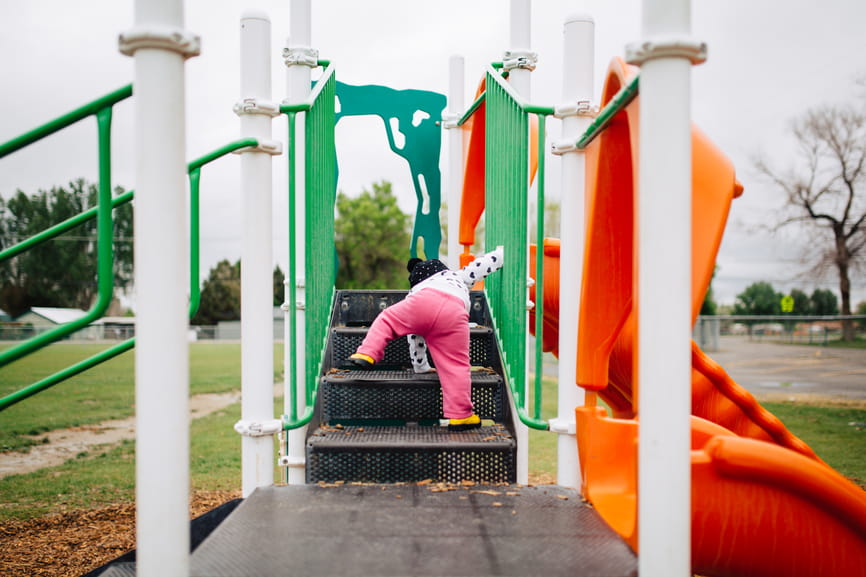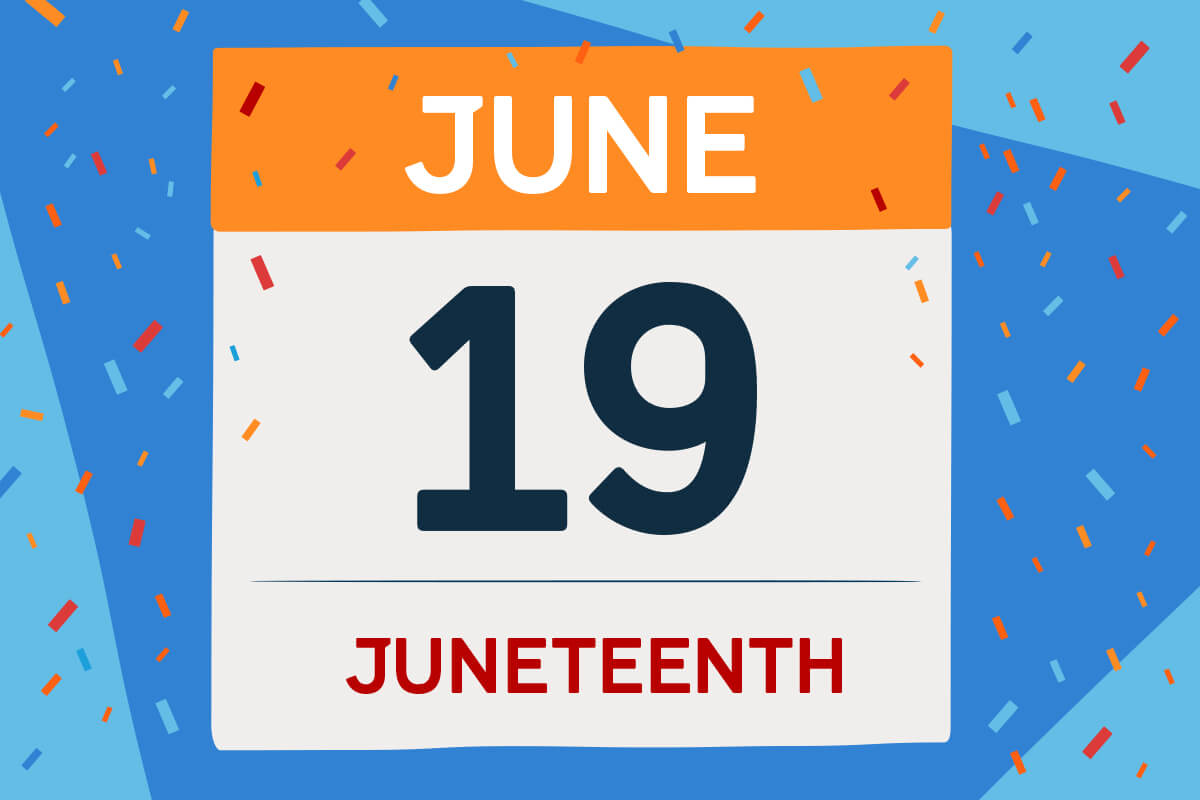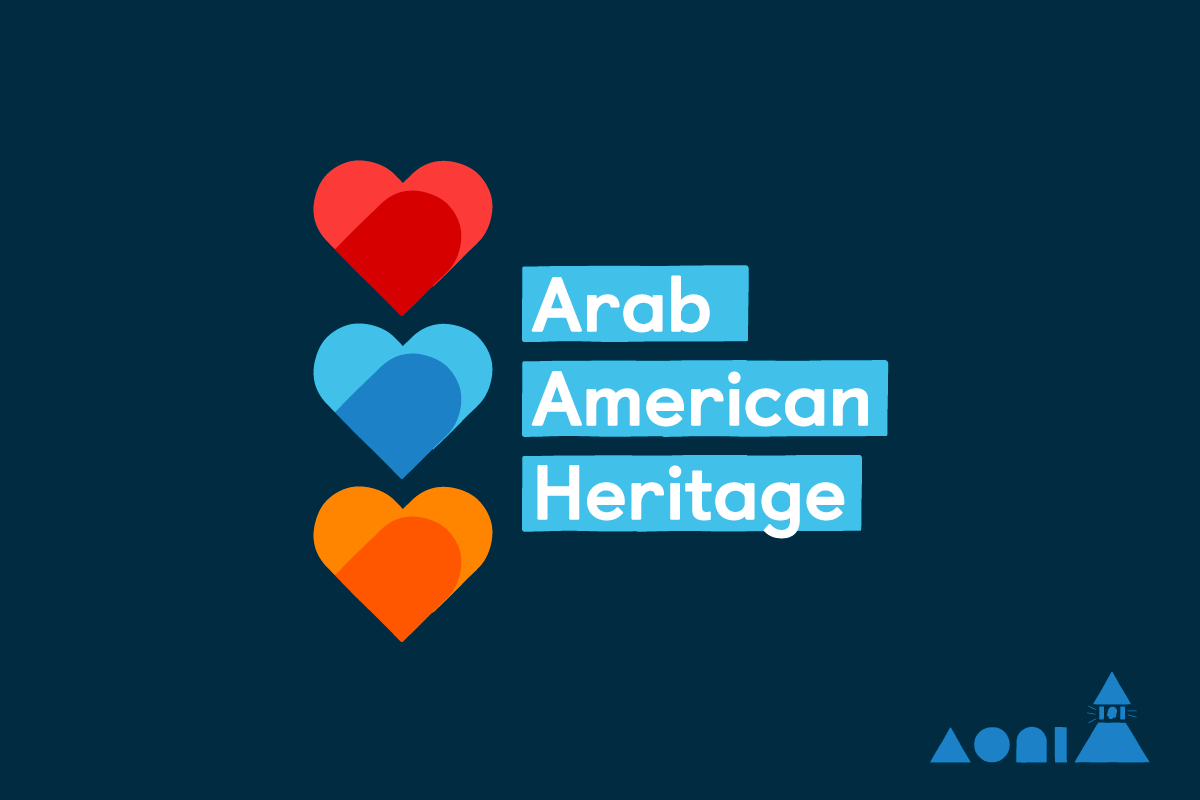It’s Native American Heritage Month
5-minute read
Explore fun, age-appropriate activities to bring this learning home and honor Native American artists, activists, and visionaries.
- Let the story of Annie Dodge Wauneka, tribal leader of the Navajo Nation, who delivered fruits and veggies to Navajo families inspire your infant and toddler to try new healthy foods.
- Share your favorite songs with your preschooler and turn up the volume on music from your own heritage, like musician, Radmilla Cody of the Navajo Nation.
- Break out the art supplies so your school-age child can make their own invention like Thomas David Petite of Chippewa Tribe—he has more than 100 U.S. patents pending.
In November, we honor the first inhabitants of the United States by celebrating the incredible contributions made by Native Americans.
As part of our anti-bias approach to education, we help our students understand terms, like: Native American. While still widely used, this term is slowly being replaced by American Indian or Indigenous American—and when possible, it’s best to use the name of a specific people, like Iroquois or Seminole.

We also explore the difference between race and ethnicity, and help children to understand those two terms:
- Race refers to the things we can see outwardly, such as skin color, hair texture, facial features, and eye color. It’s assigned by society based on physical features.
- Ethnicity is based on the social and cultural group you identify with. It includes the cultural practices, customs, and traditions shared by a group of people, such as language, nationality, heritage, religion, and dress.
We have some great age-appropriate activities that honor Native American Heritage Month. Check out these unique ways you can bring this learning home.
Babies and Toddlers
Children learn about inspiring Native American leaders and changemakers who have made the world a better place, like Annie Dodge Wauneka, tribal leader of the Navajo Nation and public health activist. She worked tirelessly to improve the health and welfare of the Navajo Tribe and was known to hop in her truck to deliver fruits and vegetables to families. Bring this learning home by trying new, healthy foods from your garden, the farmer’s market, or local grocery store.
If you’re not sure where to start, check out our cooking show KinderCare Cooks for recipes the whole family will love. There is even a special episode all about 3 Sisters Stew—this recipe for kids is inspired by the story of the 3 Sisters as told through traditional tales of the Native American tribes of the Iroquois Nation.
Preschoolers
Our classes are learning about Native American artists and how their craft is rooted in their culture and heritage, like musician Radmilla Cody. She was raised in the Navajo Nation in the American Southwest where she often sang as she helped her grandmother complete chores, like tending the sheep or weaving. What music does your family enjoy?
This is a great time to share your favorite tunes or introduce your kids to music from your own heritage. It’s also fun to let them explore different sounds on their own, so the next time you’re doing the dishes, set up a pot-and-pan rock band or break out the spoon microphones and sing karaoke.
School-Age Children
In our centers, we celebrate the accomplishments of Native Americans whose intelligence and innovation have helped shape and change our world, like inventor Thomas David Petite. A member of the Fond du Lac Band of Lake Superior Chippewa Tribe, he has more than 100 U.S. patents pending, which range from a portable transmitter to Smart Grid technology.
Inspire your young inventor to bring their own ideas to life. Gather open-ended materials (think recyclables, kitchen gadgets, items from nature, and modeling clay) and encourage them to build an invention. You could even issue them a special patent if they present their invention to you!
Your Whole Family
Continue learning about Indigenous culture locally and globally by visiting native-land.ca. Check out the world map, then enter your home address or zip code to find out more about Indigenous territories and languages in your area. You’ll discover who lived on land before you and who walks with you today. Once you know about the tribes in your area, see if there is a heritage site or museum where you can learn more about them.
Then, take a walk in their shoes by going on a nature hike in your local area—babies and toddlers will love playing in the leaves, while preschoolers will enjoy collecting them and school-age children can identify them. And of course, children of all ages can get creative and use them to make a fun art project.
Sharing stories of these Native American innovators can help children create a sense of identity, develop empathy, and cultivate respect for human diversity. Every story and every shared experience brings us closer to a more positive and inclusive community.


.jpg?h=800&w=1200&la=en&hash=FB7C16C68AC3F181A97B1A5B4B1BCD29)

